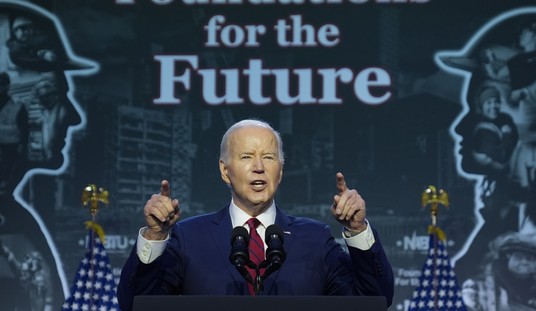The famous video of two cats “talking” on YouTube has spawned a number of responses showing other cats reacting to the video. Some appear to think they are watching a “real” scene and try to join in, as the video below shows.
[youtube U8fQOPq39-U]
Other cats are a little more skeptical about the “reality” of the scene when shown on video and inspect the display monitor for signs of trickery, as the video shows after the “Read More” shows.
[youtube 6QBiv_Sj3cY]
Sarah Hartwell of the MessyBeast, a site about cats, maintains that cat intelligence is different from the human variety because it was evolved for a different purpose. It is optimized to solve the problems of the feline world and not to understand nuclear physics. And on those terms, cat intelligence does quite well, especially in the area of solving ‘puzzle boxes’, experiments in which they are placed in an enclosure but from which they can escape by manipulating objects in a defined sequence. You can see how that can come in handy in the cat-world. But what about talking? On the subject of verbal communication, Hartwell has gone so far as to compile an elementary glossary of kitty sounds, largely based on a correlation of vocalizations and the context of human-cat interactions. Yet since the chirps we hear in the Two Cats talking video occurs in the context of inter-feline communication, Hartwell’s glossary is of limited use. One is at a loss to discover what they are saying, if the cats are saying anything at all because the exchange is happening in a context we can only conjecture upon, between intelligences that are dissimilar to ours. Ludwig Wittgenstein remarked upon the situation in this way:
“You speak of languages as though they were garments to be put on and off at will. There are limits to such cosmopolitanism. In the end, we speak as we do because of what we do. Wenn ein Löwe sprechen könnte, würden wir ihn nicht verstehen” [If a lion could speak, we would not be able to understand him]
So what would happen, one wonders, if a flying saucer landed on the White House lawn tomorrow and an alien being stepped out of it. The problem is trivialized in movies. According to Hollywood convention, the alien would say “take me to your leader”, in a British accent if he were hostile and in an American one if he were friendly. But in reality the hurdles to communication might be as high as that of trying to understand the two cats “talking” video. Since the 19th century, a number of proposals have been put forward to communicate with strange intelligences. In an early interplanetary communications scheme, a kind of primitive SETI, “Carl Friedrich Gauss suggested that a giant triangle and three squares, the Pythagoras, could be drawn on the Siberian tundra. The outlines of the shapes would have been ten-mile wide strips of pine forest, the interiors could be rye or wheat.” Nearly all of the schemes to communicate with aliens are based on the idea that a sufficiently advanced technology would share the same mathematical concepts as our own, and therefore a language can be constructed from the starting point of mathematics. Pioneer, the first man made object to leave the Solar System carried a plate bearing a message, which again was based on the supposition of scientific commonality. “At the top left of the plate is a schematic representation of the hyperfine transition of hydrogen, which is the most abundant element in the universe. Below this symbol is a small vertical line to represent the binary digit 1. This spin-flip transition of a hydrogen atom from electron state spin up to electron state spin down can specify a unit of length (wavelength, 21 cm) as well as a unit of time (frequency, 1420 MHz). Both units are used as measurements in the other symbols.” Wittgenstein’s aphorism suggests aliens would speak as we do because they “do” mathematics the same way.
It is startling to realize that the problem of universal communication may require a bolder presumption of a ‘Creator’ than even the Founding Fathers were willing to make; to depend on the existence of invariant information primitives upon which a signal can be built. Without those primitives lying around for everyone to use by a ‘Creator’ there would be no points upon which to build a correspondence, no way we could translate anything in our knowledge domain to any arbitrary alien one. In a totally post-modern universe we could not, even in principle, communicate with an alien on the White House lawn.
Or could we? In Stanley Kubrick’s 2001 the mysterious monolith doesn’t create a correspondence of ideas so much as evoke associations in the brain of the apes to which it appears, which may or may not have anything to do with the monlith’s intent, if intent is a concept in the monolith’s world. Such a communication would be a religious message, about things that our experience has no analogue. When you try to convey something about which “eyes have not seen nor ears heard …”, there is communication of a sort, but not of the kind that allows a normal conversation. To continue the thought experiment, you could argue that even if the flying saucer took off again from the White House lawn, without having exchanged a “word”, it would have left a message all the same, on the basis of something real we held in common, yet not as definite as formal mathematics.
Now I wonder: what were the two cats saying?









Join the conversation as a VIP Member